Hellebore black: description, planting, care and reproduction
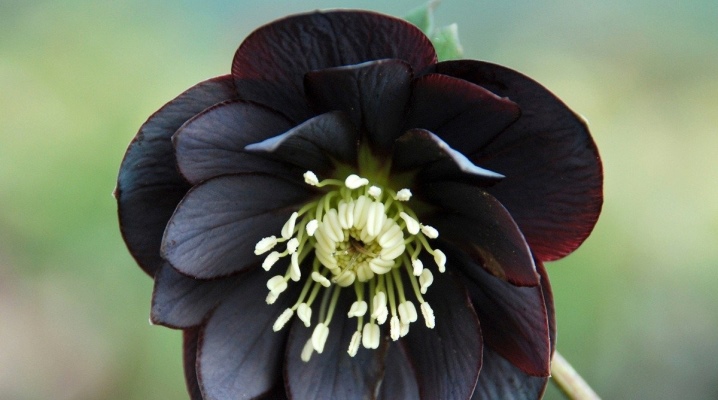
There are many ornamental plants famous for their beauty and grace. But you can not limit yourself to only the most famous and popular names. The black hellebore can be an attractive choice, even for intermediate gardeners.
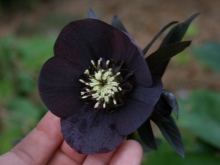
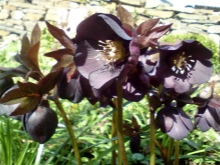
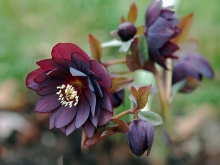
Description
It is appropriate to start a conversation about such a flower as black hellebore with an indication of its botanical origin. This species is one of the dicotyledonous plants, is part of the Buttercup family. Outwardly, it is a perennial herb with a pronounced rhizome. Leaves at the root can overwinter. They are dark green or gray-green in color.
The hellebore foliage is characterized by a leathery device. Pubescence, on the other hand, is unusual. The leaf is usually dissected into elongated leaves in the form of a lancet. Flowers are often solitary, in rare cases, inflorescences are formed, including 2 or 3 flowers. All of them are collected on strong, fleshy stems, reaching a height of 0.2 m.
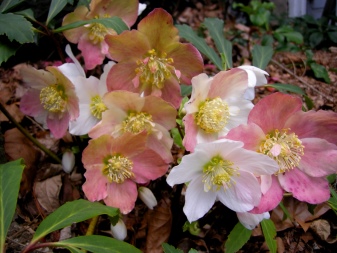
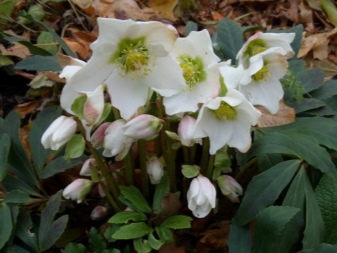
The bracts of the black hellebore are of the simple type and look like an egg. The perianths reach 0.05 - 0.08 m in diameter in size. They are divided into 5 white segments. In adult plants, the perianth may be more pink in color. Occasionally greenish areas can be seen at the very base of the lobes. Compound fruits of hellebore are formed by 5-8 leaflets growing together at the base. Each of them contains several seeds. This plant has 32 chromosomes. Natural area - Alps. The culture has a large decorative distribution in Europe and the North American continent.
The attractiveness of the hellebore for flower growers is largely due to its early development. As soon as the snow begins to melt, the germination of the plant begins.
It was this property that determined the main Russian name. There is also an alternative name - "winter house". The height of the culture reaches 0.3 m. In the conditions of central Russia, it begins to bloom in the last days of March.
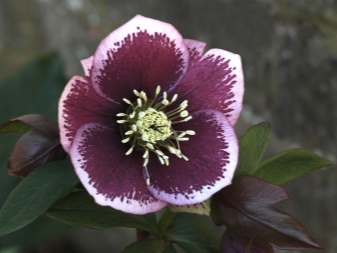
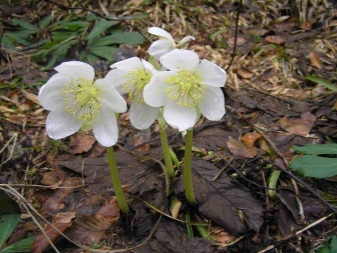
Varieties
A very popular variety is now the Advent star black hellebore. It is a monochromatic plant with flowers 0.075 - 0.08 m in diameter. Flowering can begin in mild weather as early as February. The size of the leaves is 0.04 - 0.05 m. It is possible to keep "Advent Star" only in pronounced penumbra. The culture needs solid moisture and increased soil fertility. You can grow it on:
alkaline;
neutral;
slightly acidic soil.
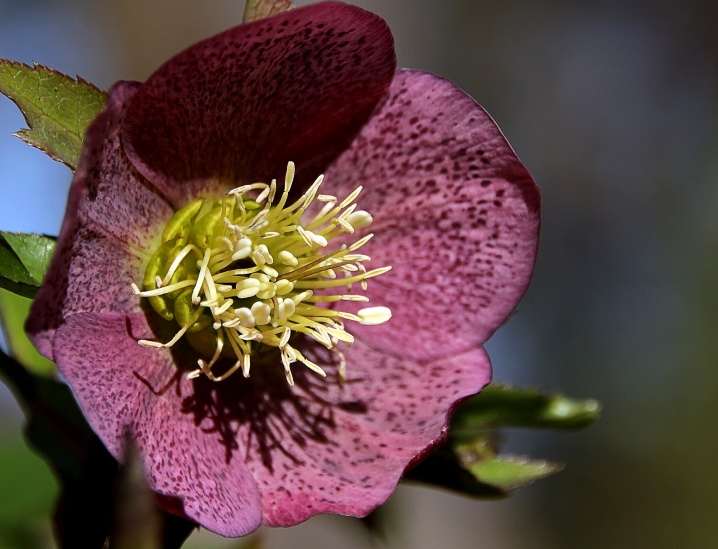
Other varieties differ not so much in the requirements for the content, as in the color of the flowers. So, for "Tyrose" is characterized by a white tone, and for "Sultan" - a purple color. Gardeners who planted "Hans Schmidt" can count on pink bloom. Roseus Superbus gives a similar effect. If you want to enjoy the light pink flowers in late fall, you should opt for Praecox.
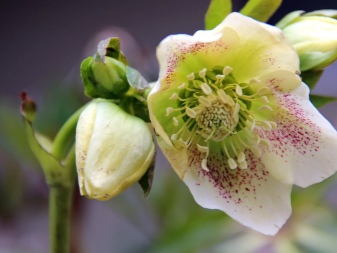

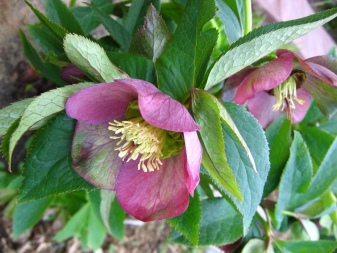
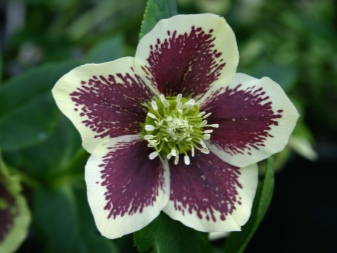
Planting and leaving
These two points in dealing with black hellebore, even with minimal experience, rarely cause problems. However, it is all the more necessary to strictly observe the basic rules. Only areas saturated with humus are suitable for growing crops. And it is better to choose places that are under the crowns of trees. Moreover, the trees must be "aged" so that the earth has time to absorb substances from decayed foliage.
The hellebore does not like the bright sun - it has a depressing effect on him. Even a slight partial shade will only be a compromise. But the places where twilight reigns under the canopy of trees are just suitable sites.Despite its frost resistance, the flower can be severely damaged by gusts of wind and drafts. The best time for disembarkation is the first half of September.
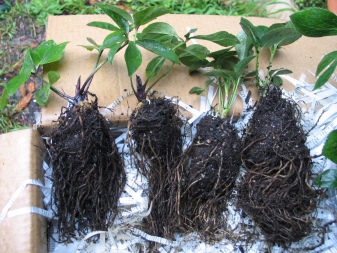

If you are late, the hellebore will not have time to take root and will not show its valuable qualities. Assessing the properties of the soil, you need to find out its ability to retain moisture. Like other representatives of the buttercup family, the hellebore does not tolerate the draining of the earth. At the same time, dense, heavy areas containing at least a small amount of clay are categorically not suitable. Sod soil is the ideal choice. Acidic earths, even if the acidity is low, need to be improved with additives:
lime;
ash;
sleeping tea.
All these substances must be added regularly - otherwise the effect will not be deep enough. In areas with a lot of snow, watering is almost not required.
Only during drought it is necessary to water the hellebore abundantly several times during the growing season. During disembarkation, pits of 0.25x0.25 m are formed. The depth of the pits should be relatively small.
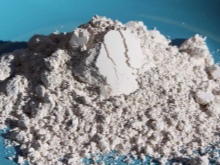
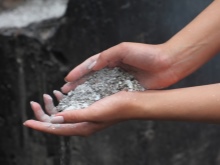
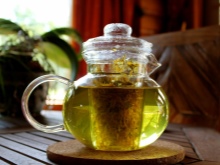
The intervals between the holes should be at least 0.3 m. The bottom of the hole is covered with compost. After laying the seedling in the groove, the roots are straightened carefully. Then the seedling is carefully sprinkled with earth, which must be pressed a little. The hellebore is immediately watered with a large volume of water. Vigorous, but not over-watering will be required over the next 20 days.
Almost always, failures when planting a hellebore are associated with the use of low-quality planting material. Then you will need to engage in systematic feeding. At the very beginning of spring, double superphosphate and bone meal are used. When warm dry weather comes, the plant is fed with microelements. They must be brought in by the foliar method.

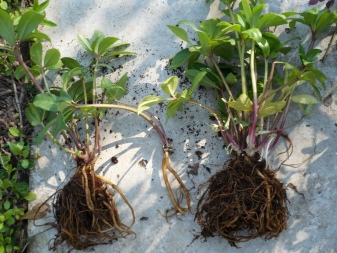
Reproduction
For breeding, either adult hellebore bushes are divided or seeds are used. It can be propagated exclusively in the open field. It will not bloom at home. Seeds should be as fresh as possible - germination is lost a maximum of 6 months after harvest. Sowing is carried out in pre-prepared containers, where moist, loose soil is laid.
The seed burial depth is 0.01 - 0.02 m. As soon as the first shoots appear, the container is moved to darkened places. The plant can be dived right away. Before disembarking in open ground, the hellebore is certainly transplanted several times. The transplant is carried out in 2-3 years, and it is best to wait until the beginning of autumn. The bushes for division must be at least 3 years old. Seating is done after flowering. An interval of 0.3 - 0.4 m is left from bush to bush. The danger of the method is associated with the toxicity of the plant. It is necessary to work in strong, tight clothing.
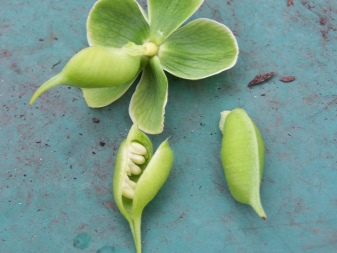
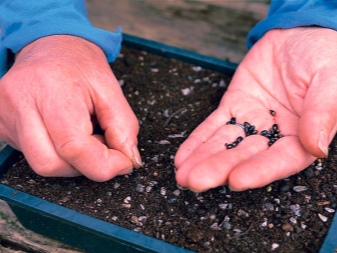
Diseases and pests
The hellebore is threatened by:
snails;
rodents;
slugs;
aphids;
occasionally thinworms.
Insecticides help fight them. Hellebore leaves can suffer from fungal attack. Heat and dampness contribute to infection. Sick foliage is cut out. Be sure to carry out treatment with systemic insecticides.
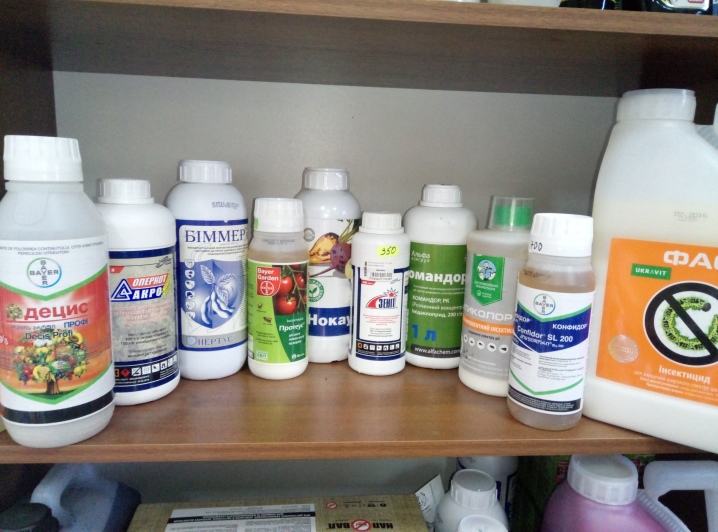
Variety, care and reproduction of hellebore in the video below.







































































































The comment was sent successfully.